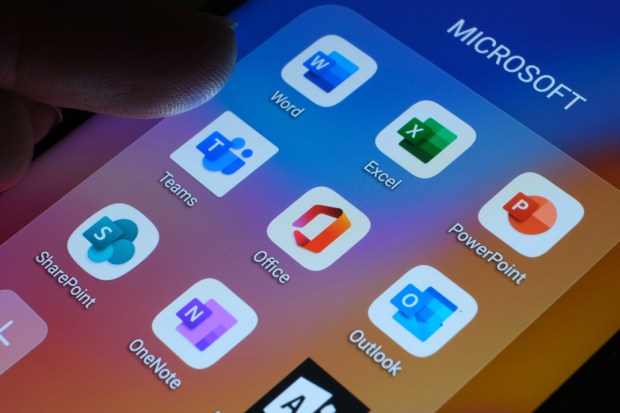
A new Microsoft artificial intelligence (AI) product could become a major revenue driver for the tech giant.
The company Wednesday (Nov. 1) began selling its Microsoft 365 Copilot AI for its Office app business subscribers after launching a commercial version in September.
And with the feature costing $30 per person each month, Microsoft could see more than $10 billion in annualized revenue by 2026, CNBC reported, citing work by Piper Sandler analysts Brent Bracelin and Hannah Rudoff.
According to the report, Piper Sandler’s model assumes that 18% of eligible users will use Copilot. While that might be overly optimistic, “there’s going to be a FOMO element to this,” Bracelin told CNBC, referring to fear of missing out. “If you’re in an industry competing against someone that has Copilot and you don’t, you’re at a disadvantage.”
Microsoft announced in May it would launch AI integrations across its entire Windows 11 platform, becoming the first PC platform to announce centralized AI assistance across its collection of consumer and enterprise software products.
As PYMNTS wrote at the time, it marks a “major step in the go-to-market phase shift for generative AI.
Last month, Microsoft reported a 13% in quarterly revenue, with CEO and Chairman Satya Nadella praising the Copilot for contributing to the company’s success.
“With copilots, we are making the age of AI [artificial intelligence] real for people and businesses everywhere,” Nadella said. “We are rapidly infusing AI across every layer of the tech stack and for every role and business process to drive productivity gains for our customers.”
The widening roll-out of Copilot is happening at a time when 84% of business leaders say that AI will have a positive impact on their operations.
That’s according to recent PYMNTS Intelligence from the “Working Capital Tracker®,” which separates the myths about AI from the realities about the tech and explains how businesses can wisely leverage it.
For example, despite widespread worries that this technology will replace the labor force in some industries, most companies have trouble processing payments the manual way, a problem fixed by AI and machine learning.
These technologies can sift through large data sets in real-time, giving businesses the information they need to execute payments safely or stop them when necessary.
“This technology can also circumvent human error by reading both paper-based and scanned invoices, allowing companies to handle more invoices than financial professionals would be able to process,” PYMNTS wrote.